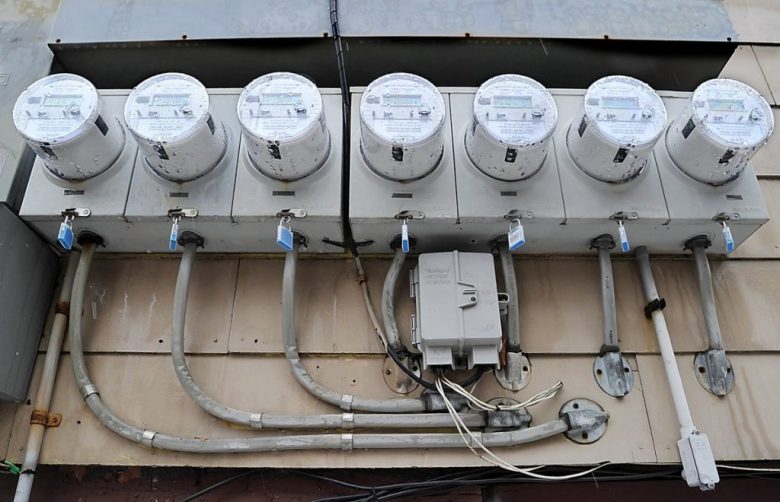The St. Paul Port Authority has marked a significant achievement with the early decertification of the Westminster Junction Business Center’s tax increment financing (TIF) district, five years ahead of schedule. This decision reflects the center’s success in transforming a previously underutilized 25-acre rail switch yard into a thriving business hub, now home to 15 companies and providing 913 jobs.
Historically, the rail yard, established in the 1880s, employed just around 50 workers, which translates to approximately two workers per acre. In contrast, the Westminster Junction Business Center now generates an impressive $2.6 million in annual property tax revenues, a substantial increase from the $138,000 recorded before its redevelopment. This revenue comes from various tenants, including a multi-story HealthPartners Specialty Center, a Gillette Children’s Hospital clinic, and the administrative offices of Blaze Credit Union.
Port Authority President Todd Hurley praised the early payoff, emphasizing its positive impact on the city’s tax base. “Returning this kind of tax base to the city actually reduces the property tax levy,” Hurley stated. He pointed out that the TIF model enabled the Port Authority to secure funding for land acquisition and environmental remediation, facilitating a significant transformation of the area.
Understanding TIF and Its Impact
Tax increment financing (TIF) is a contentious method used by municipalities to encourage private development. In St. Paul, the common TIF structure allows developers 26 years to repay the TIF funding, which is derived from property taxes that would have otherwise been allocated to the city.
The funds assist in various critical improvements, including land acquisition, soil remediation, and essential infrastructure upgrades. The goal is to revitalize areas that the private sector often overlooks. Hurley noted that the previous rail yard was contaminated and lacked significant employment, raising the question of whether development would have occurred without the TIF initiative.
Despite its successes, TIF funding has faced criticism. Detractors argue that it constitutes a subsidy for private developers, as it delays their contributions to the tax base, which can burden other taxpayers. A recent analysis from fiscal watchdog group Insight St. Paul revealed that the city captures approximately $36 million in TIF revenues annually, the largest of any city in Minnesota.
This amount is equivalent to about 7.9% of the city’s taxable property, leading to concerns about the sustainability of TIF as a development tool. Critics like John Mannillo from Insight St. Paul have expressed worries that TIF districts may divert commercial opportunities from already established tax-paying areas. He pointed out that the city’s reliance on TIF could complicate future attempts to attract investment outside of incentivized zones.
Future Prospects for TIF in St. Paul
The Port Authority remains optimistic about using TIF to stimulate further development, including plans for the redevelopment of the former Kmart department store site on St. Paul’s East Side. Hurley expressed hope that the successful model applied at Westminster Junction could be replicated, stating, “We are really optimistic.”
Currently, St. Paul maintains 58 TIF districts, with approximately $31 million attributed to those created by the city’s Housing and Redevelopment Authority, compared to $5.6 million from the Port Authority. The city is actively managing these districts to ensure they contribute positively to public services and infrastructure.
In addition to Westminster Junction, the nearby Williams Hill business center, developed on a former dump site, has also thrived, generating around $2.4 million in property taxes and housing over 450 jobs, including a HealthPartners neuroscience center.
As St. Paul continues to navigate the complexities of TIF funding, the Port Authority’s approach may set a precedent for future developments, balancing the need for economic growth with the necessity of maintaining a robust tax base that supports essential services for its residents.







